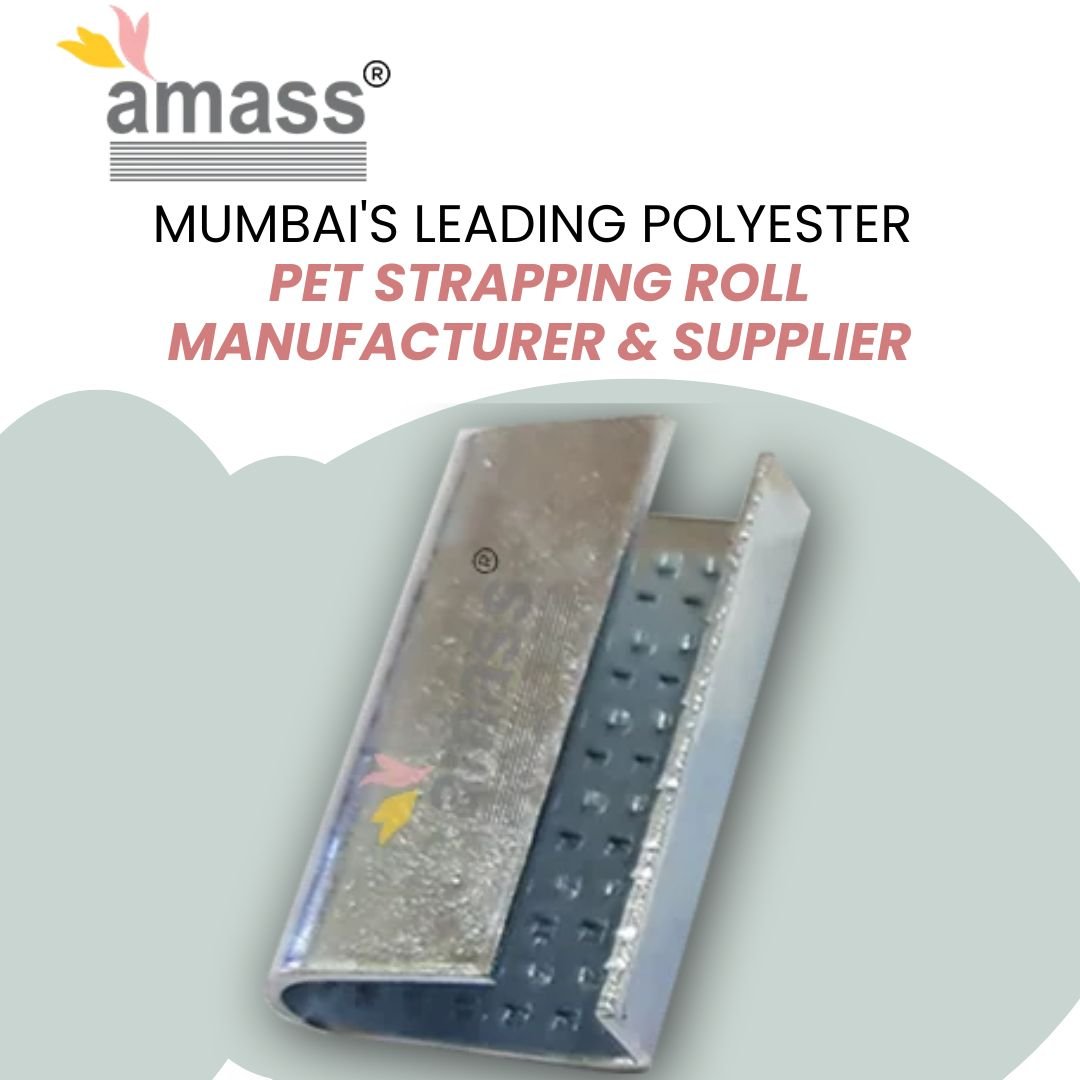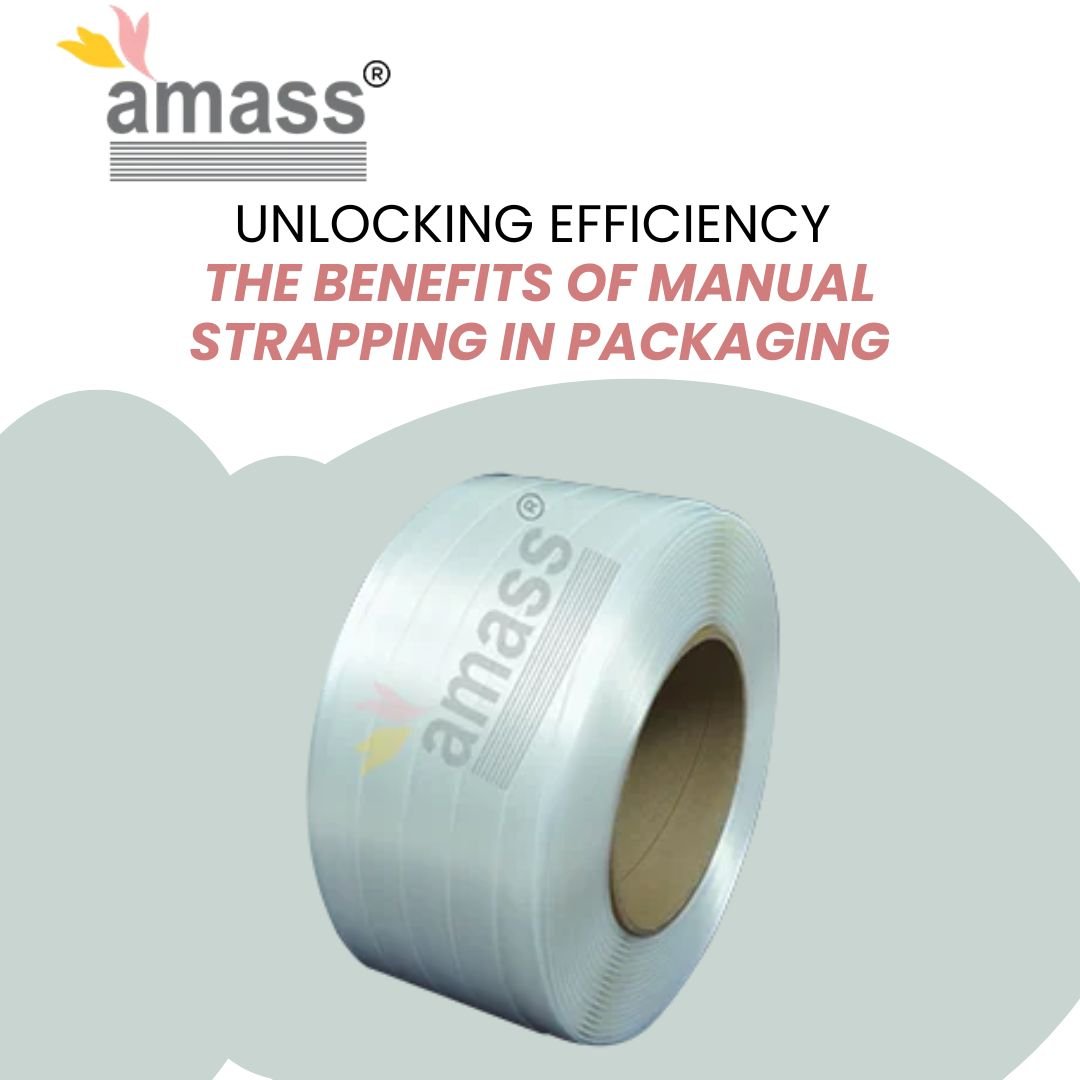The Rise of Eco-Friendly Strapping Tools in Packaging

Steel Strapping Market in India: 2025 Trends and Forecasts
June 9, 2025
Types of Metal Strapping Available in India: Complete Overview
June 21, 2025In an era where sustainability is no longer a niche priority but a business imperative, packaging has emerged as both a challenge and an opportunity. The rise of e-commerce, just-in-time logistics, and globalized manufacturing has led to an explosion in the demand for robust, reliable packaging. However, the tools that enable secure packaging—especially strapping tools—have often flown under the radar in sustainability discussions. That is beginning to change.
According to a 2023 McKinsey report, over 60% of packaging companies identified sustainability as a top-three strategic priority. Notably, strapping tools are now being scrutinized not just for their performance but also for their environmental impact. This shift is driving a green renaissance in an industry traditionally dominated by plastic-intensive practices.
What Are Strapping Tools and Why They Matter in Logistics?
At first glance, strapping tools may seem like a minor cog in the vast machinery of supply chain logistics. But that belies their true significance. These devices are used to apply tension and secure plastic or metal straps around packages, pallets, and bulk shipments. Without them, everything from food products to high-tech machinery would be far more vulnerable during transit.
Strapping tools come in various forms—manual, pneumatic, and battery-operated. Each has its role, depending on the scale and sensitivity of operations. More importantly, strapping ensures load stability, which directly correlates to reduced product damage, lower return rates, and safer transport. This makes them indispensable in sectors ranging from agriculture to automotive.
The Environmental Wake-Up Call for Traditional Strapping
For decades, plastic-based polypropylene (PP) and polyethylene terephthalate (PET) strapping have dominated the market. They are cheap, strong, and widely available. But they come with a significant ecological cost. Data from the Ellen MacArthur Foundation reveals that only 14% of plastic packaging globally is collected for recycling, and a mere 2% is effectively recycled into the same quality material.
Even more concerning is the equipment itself. Many conventional strapping tools are designed without regard for energy efficiency, recyclability, or material footprint. They require plastic seals, generate waste from failed straps, and contribute to the overall lifecycle carbon emissions of packaged goods.
“The problem isn’t just the plastic—it’s the mindset that packaging tools are disposable,” notes one industry analyst. “Until recently, no one asked how sustainable their strapping tools were.”
How Eco-Friendly Strapping Tools Are Redefining the Industry?
A new generation of eco-conscious tools is answering that question emphatically. Eco-friendly strapping tools are being engineered for minimal environmental impact without compromising performance. This includes battery-operated strapping machines that run on lithium-ion packs with extended life cycles, tools made from recycled or recyclable materials, and devices that minimize strap waste through precision engineering.
A leading manufacturer recently introduced a strapping tool with an auto-calibration feature that reduces strap overuse by 17%, saving both material and cost. Another innovation is ergonomic design that reduces physical strain, enabling longer tool life and worker well-being.
Manufacturers like Amass Strapping Solution are pushing the envelope even further by designing tools compatible with bio-based or recyclable straps. This integration is a game-changer. When tools and strapping materials evolve in tandem, the entire packaging chain becomes greener.
Materials, Mechanisms, and Innovations Behind Sustainable Strapping
The most significant strides in eco-strapping tools stem from material and mechanical innovation. High-grade polymers are replacing metal parts in low-load applications, resulting in tools that are both durable and lightweight. These new-age polymers are often derived from recycled content, aligning function with sustainability.
Mechanically, tensioning systems have seen an overhaul. Variable tension controls, low-vibration motors, and smart sensors contribute to precise application—ensuring no strap is wasted. These features are especially crucial in battery-powered tools, which now come with programmable settings for different strap types, thicknesses, and package sizes.
Moreover, the rise of Industry 4.0 has crept into strapping tech. Bluetooth-enabled strapping tools with real-time diagnostics and usage analytics are now in play. This data-centric approach helps businesses optimize maintenance schedules, extend tool life, and improve operational efficiency—all while reducing environmental strain.
Comparative Performance: Green Tools vs. Conventional Ones
It’s easy to assume that eco-friendly strapping tools trade off performance for sustainability. But the data suggests otherwise:
- Tool lifespan: New-generation tools often last 30–50% longer than conventional ones due to better design and materials.
- Strap waste reduction: Tools with smart calibration save up to 20% on strap material annually per operation.
- Energy efficiency: Lithium-ion battery tools consume 40% less power per cycle than pneumatic alternatives.
- Maintenance: Eco-tools require fewer parts and less frequent servicing, which reduces both costs and waste.
In short, green tools are not just ethically superior—they’re economically smarter in the long term.
Real-World Applications Across Industries
From a sustainability standpoint, no two industries are affected equally. However, eco-strapping tools are proving their worth across diverse sectors:
- E-commerce: Brands aiming for zero-waste packaging rely on precision tools to ensure every strap counts.
- Agriculture: Lightweight tools are preferred in remote field packaging environments.
- Pharma: Sensitive cargo needs low-impact tensioning without residue or vibration.
- FMCG: High-throughput environments need durable tools that minimize downtime.
In India, several logistics hubs have adopted Amass battery-powered tools for end-of-line packaging, citing reduced strap use and increased cycle efficiency.
Case Focus: How Amass Strapping Solution Leads the Eco Revolution
Amass Strapping Solution is not merely following the eco-wave—it is helping shape it. The company has developed a line of battery-operated tools engineered specifically for recyclable and biodegradable straps. These tools are optimized for lightweight construction without sacrificing strength, making them ideal for both industrial and SME usage.
What sets Amass apart is its holistic approach. It doesn’t just offer tools but end-to-end strapping solutions—consultation, compatibility testing, training, and post-sales support. Their R&D labs have introduced innovations like “smart strap recognition,” which auto-adjusts tension based on strap grade, further minimizing waste.
In an interview, one of their senior engineers explained, “Our mission isn’t just to make tools that work; it’s to create tools that work for the planet.”
Market Trends and Regulatory Drivers for Green Packaging
The momentum for sustainable strapping isn’t just being driven by corporate conscience. Regulatory mandates are stepping in. India’s Plastic Waste Management Rules (amended 2022) emphasize extended producer responsibility, nudging businesses to rethink their packaging practices.
Globally, the EU has set ambitious targets to make all plastic packaging recyclable or reusable by 2030. The result? A surge in demand for tools that can handle compostable, paper-based, or hybrid strapping solutions.
A 2023 study by Smithers Pira forecasts a 6.8% CAGR in the eco-strapping market, with Asia-Pacific emerging as the fastest-growing region.
Challenges in Adoption and How Innovation Is Solving Them
Despite their benefits, eco-strapping tools face hurdles: higher upfront costs, compatibility issues with legacy materials, and a lack of user familiarity. But innovation is catching up.
Modular tool designs now allow parts to be upgraded without full replacement. Training modules and plug-and-play interfaces are simplifying adoption. And as production scales, costs are dropping.
“Adoption is a curve, not a cliff,” says one packaging consultant. “The early friction is always there, but the payoffs are undeniable.”
Future-Proofing the Supply Chain with Sustainable Strapping
The next frontier? Fully circular systems. Imagine a strapping ecosystem where every strap used is tracked, retrieved, and repurposed. Blockchain traceability, AI-powered tool diagnostics, and biodegradable strap composting are all being explored.
Amass is already piloting a “closed-loop strap” program in partnership with Indian logistics providers. If successful, it could serve as a blueprint for sustainable packaging at scale.
Eco-strapping tools are not an endpoint but a gateway. They offer a tangible, actionable step toward carbon-neutral logistics.
Conclusion: Tying the Loop Between Profit, Performance, and Planet
In the high-stakes world of packaging, where every second and every strap matters, eco-friendly strapping tools offer more than an ethical edge. They combine precision, durability, and environmental intelligence in one compact unit.
The question for today’s entrepreneurs and supply chain leaders isn’t if they should adopt sustainable strapping practices—but how soon they can start.
The race is on. And with companies like Amass Strapping Solution leading the charge, the path is clearer than ever.
After all, in a world racing toward sustainability, the tools you use to pack your product might just be what unpacks your future.




